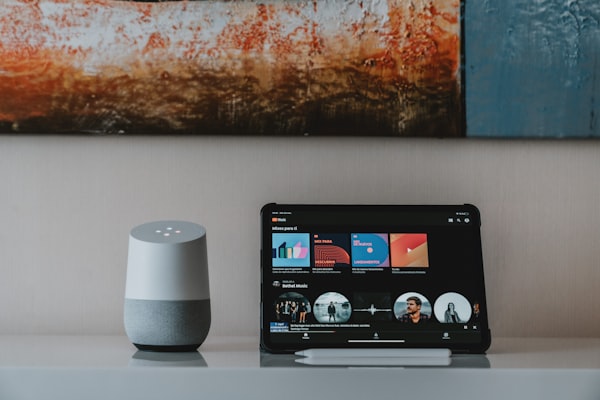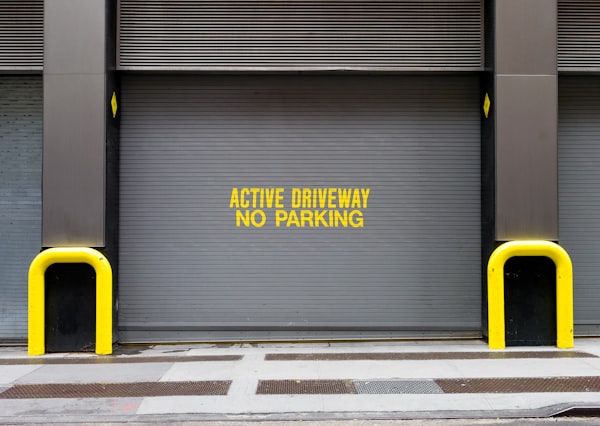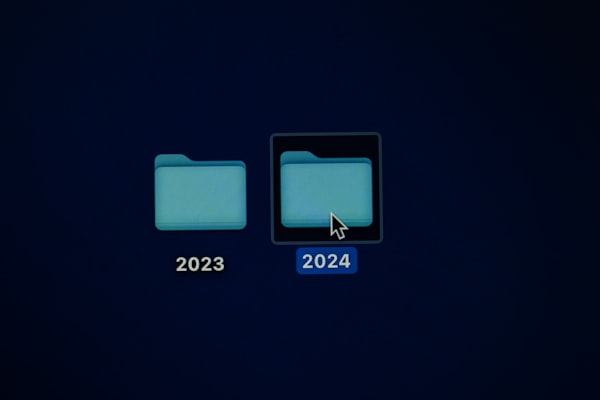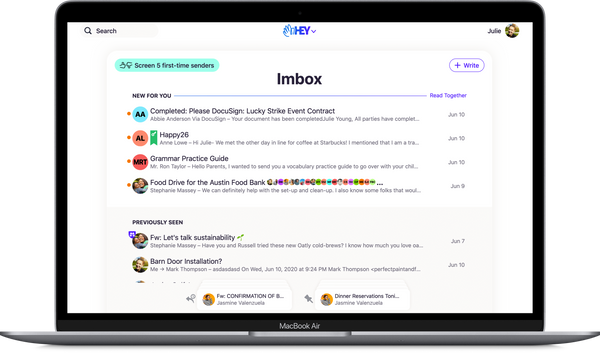Why do iPhones feel superior to any Android phone?
Apple is no longer alone in the high end, luxury, smartphones but no Android feels the same as using any iPhone.
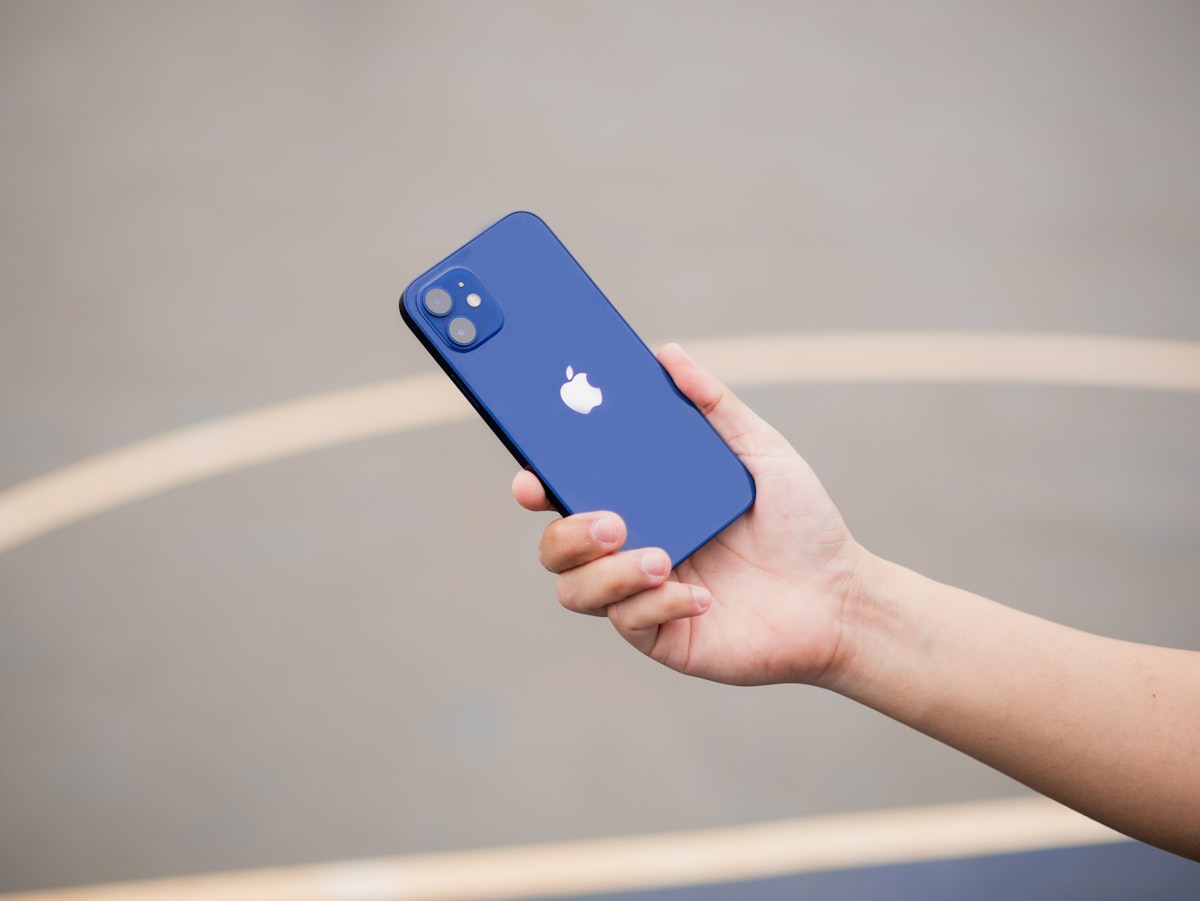
First and foremost, I’m not a fanboy, for those who don’t know me I have used a lot of brands and devices non-Apple, a few of those are Xiaomi, Huawei, LG, Sony, Palm, Blackberry, HTC, Samsung, OnePlus. I need to make this disclaimer, so I’m not accused of being a fanboy to no brand.
Apple was the first company to launch a product for the masses that was, and still is, intended to be a good, luxury device. They are not alone, but it doesn’t matter what Android phone you buy, no one will feel or be (in people's minds) as luxurious as an Apple device. I even bought the more expensive Samsung Z Fold 2 5G and yes, its folding display set this device apart from more traditional phones, but it still didn’t feel as good as an iPhone.
To understand why Apple devices, have this perception, we need to — unfortunately — compare it with other brands. I’m aware that there are zillions of brands, but for this article, I’ll stick with the biggest Western world Apple competitor, Samsung.
Let me start with a bulleted listing of the main things we will compare in this article:
- Operative System
- Integration
- Ease of use
- Customer Loyalty
- Innovation
Operative System
Samsung uses Android, a very customized version of Android called OneUI, and Apple uses iOS/iPadOS.
Even though the Operative System (aka. “OS”) is completely trivial, also irrelevant, the thing is the core of your device, the OS tells the device how it should operate, which antennas to use, disable the Bluetooth if the user turns it off, how strong the vibration should be when you get a call, how blueish a blue wallpaper should look like. In simpler words, the OS controls everything on the device.
So how does this work in Samsung's world? Even though Samsung uses a very deep customized version of Android it still doesn’t control (because it decided to) how everything is managed on the device, this led to, sometimes, poor optimization, half-baked functions, poor battery, or the one I hate the most, crazy HOT devices; now this is not as bad as it sounds like, this reduces Samsung time and resources allowing easier software upgrades, a faster device lunch pace and of course, have Google Certification to use Google Services (YouTube, Gmail, Google Photos, Google Calendar, etc.), without it, many OEM (Original Equipment Manufacturer) would need to follow Huawei steps and building their own Android version based on the AOSP (Android Open Source Project), their App Store and many other things.
Now, from Apple's perspective, this is a simpler process. There is always only one iOS version, (old devices will run the latest available when their devices hit the EOL (End-of-life product — Wikipedia)), Apple very tightly controls the hardware, and it extends to how every app uses memory, battery, and other resources. The greatest advantage of this is that Apple developers can have a sole source code to cover at least the last 4 years' released devices, which makes development, supportability, and maintenance much easier.
Integration
Here is where things are bad for Android, there is no one-on-one integration in Android’s world.
Samsung has been working, in the last two or so years, with Microsoft and Google to create some sort of “ecosystem” between Microsoft Windows and Android, unfortunately, everything is half-cooked, there are too many preconditions and exceptions that a user and their devices need to meet to take advantage of these features.
Let me exemplify this:
- Samsung Calendar can’t be synchronized or be visible outside Samsung Phones/Tablets; yes, you can use any other Calendar Service like Google Calendar or Outlook/Office Calendar but why Samsung calendar is the default if it lacks, the more important feature, of multi-device synchronization.
- Samsung Gallery integrates with OneDrive now. But there is no desktop application (until very recently*) to view the Samsung Gallery as you have it on your phone. * They released a new Windows app but it’s only available for their Samsung Galaxy Book, Windows-based, laptops.
- Files transfer You need to send the files yourself via email or use a Cloud Service like Google One or Google Drive (for more details about these two read my previous Microsoft OneDrive or Google Drive article) while in Apple Devices you just use Airdrop, and Apple takes care about the rest.
Ease of use
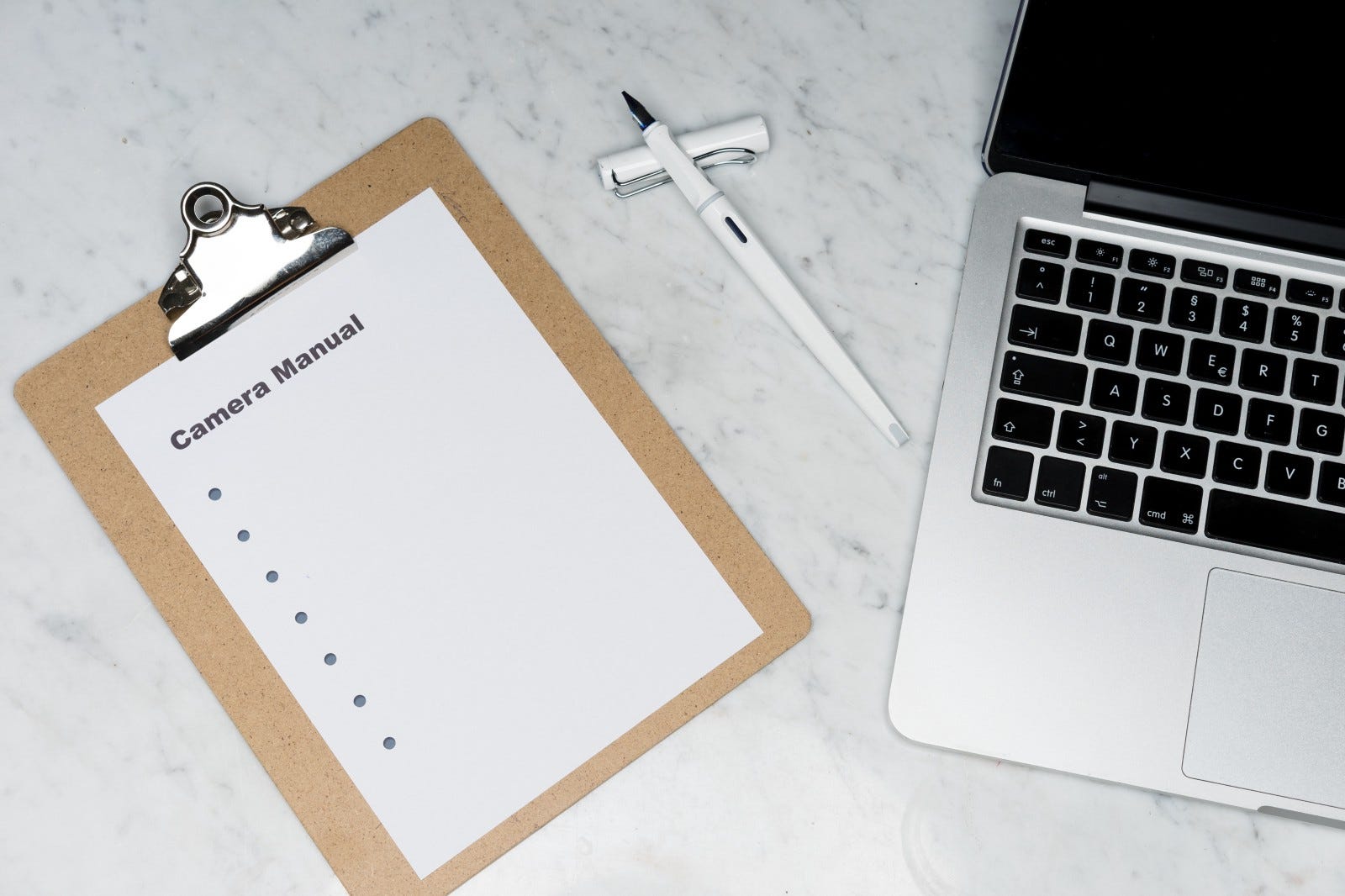
May be crucified for this, but let’s be honest for a second, iPhones are so stupidly simple and easy to understand that ANYONE can follow “complex” instructions via a phone call.
I can easily give thousands of examples here, let me illustrate one I had undergone with my family very recently; for you to have a bit of context, we live in Costa Rica, but our App Store was in the US Region, so we change it to Costa Rica region last week, and they couldn’t download/upgrade apps. Let’s see how this is fixed in both worlds:
- Apple: Open App Store > Click your profile picture, top right > Scroll down and click logout, then log in again.
- Android: You need to visit a website, and even though the region has been changed, it may not work. To solve the “issue” you need to delete all your Payment Profile IDs from a computer website and wait between 24–72 hours; if it doesn’t work, as it happened to us, we had to delete the Family Group, change the Family Manager region, activate the family sharing feature, read everyone back.
- Samsung Account: DELETE!!! Your account and start over.
You can just imagine how easy it was for my parents to follow those 3 to 4 steps on their iPhones; on their Google Accounts, I gave up and had to visit them to “fix” all their issues for them.
Customer Loyalty
There is no denying that Apple customers are loyal to the brand; why, how? Simply, Apple has created an exclusivity club feeling when you purchase and use their devices. So much so that many people use the Apple logo sticker that comes on the box of most Apple devices.
A recent publication by MakeUseOf.com detailed this very extensively, Why Is Android Losing So Many Users to iPhone? To synthesize, imagine that Samsung Users are about ~53% open to the idea of switching to an iPhone, while Apple owners are only around ~9% likelihood to make the switch.
Innovation
Innovation is an overly broad topic, there is hardware, software, and way of doing things innovations, in terms of hardware Apple isn’t the best in the space, as for software they are innovators, and about “the way to do things” they are kings on the space.
Let’s see this together:
- It took Apple 14 OS interactions to integrate Widgets, a feature available on Android since Android Éclair 2.0.
- It took Apple fifteen iterations of iOS to have an acceptable Notification System.
- It has been fourteen and a half official iterations, and we still don’t have a very customizable home screen.
But let’s look at things from another perspective:
- Widgets were implemented about a year or so ago in Apple devices, and they seem far superior to what Android Widgets have always been.
- Notifications aren’t the best yet, but the new “Focus” implementation (How to use iPhone Focus mode in iOS 15–9to5Mac) is far better than the last couple of years Android changes to the notification system.
- Customization, yes iPhones are still not as customizable as Android devices are, but that isn’t a downside, this allows all Apple devices to be more consistent.
We can debate this in many other ways, but to be honest, yes Android/iOS have been copycatting themselves in the last few years, but Apple usually does it better.
Wrap up
It’s hard to be harsh about what Google’s Android OS has brought to the table, and they need more credit, the same applies to all other Android OEMs; My only hope is to see how Samsung takes advantage of their Microsoft/Google Partnership and build a convergent Apple ecosystem equivalent.

